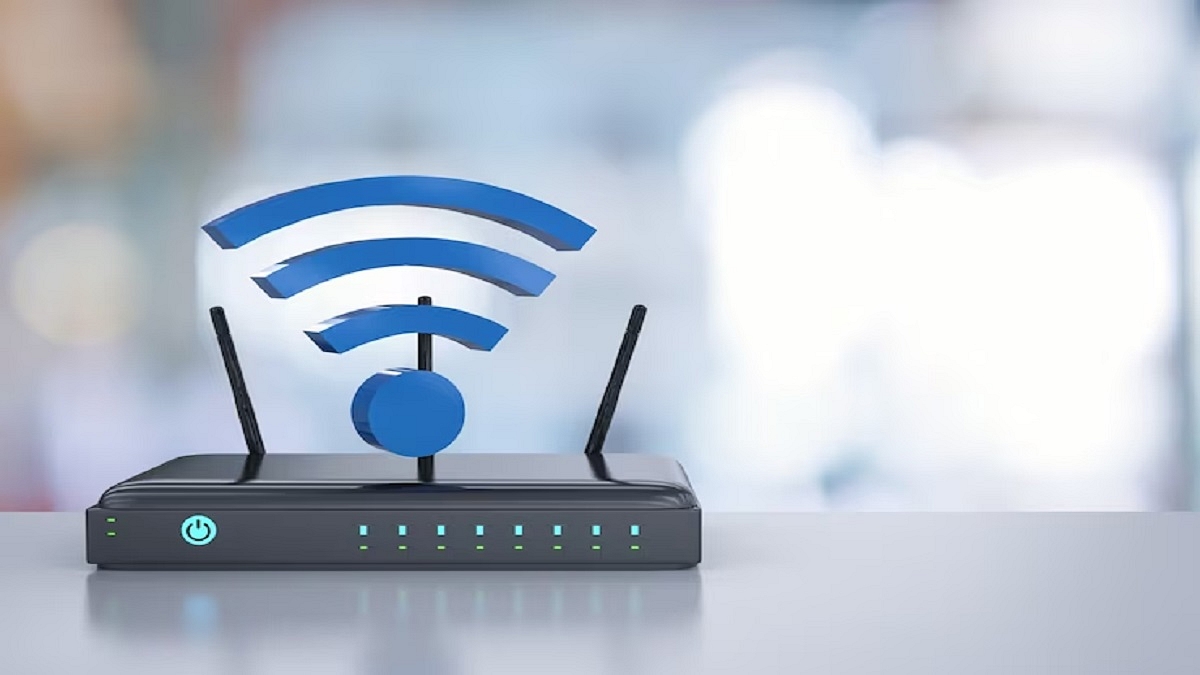Key Highlights
- Wi-Fi 7 delivers faster speeds and improved connectivity
- Wi-Fi 7 features wider channels, MLO, and 4K-QAM
- Wi-Fi 7 devices launched in 2023
As many users are still adapting to Wi-Fi 6 and Wi-Fi 6E, the tech land introduces its successor, Wi-Fi 7. This seventh-generation standard builds upon its predecessors, promising accelerated connections, reduced latency, and improved capacity to manage numerous connections. While not an immediate solution for those seeking Wi-Fi enhancements today, early adopters will be intrigued by the recently unveiled “Wi-Fi 7 Certified” program by the Wi-Fi Alliance. Also Read | How To Check And Enhance iPhone Battery Health: A Step-by-Step Guide
What Is Wi-Fi 7?

Wi-Fi 7, officially designated as IEEE 802.11be, marks a significant leap forward from Wi-Fi 6 and 6E. With the potential to offer speeds up to four times faster, it introduces innovations to minimize latency, enhance capacity, and bolster stability and efficiency. Despite being backward compatible, leveraging the new features requires upgrading devices, including routers, access points, smartphones, laptops, and other compatible gadgets.
Advantages Of Wi-Fi 7
Wi-Fi 7 brings important benefits, such as increased speed, support for more connections, and adaptive features for reliable low-latency performance. These improvements facilitate high-quality video streaming, superior cloud gaming, and support for augmented and virtual reality applications, particularly those demanding high throughput and low latency. Additionally, Wi-Fi 7 addresses congestion and interference, providing significant advantages in densely populated areas and environments with overlapping networks.
Also Read | Use Your iPhone To Detect Depression And Anxiety: A Step-by-Step Guide
Wi-Fi 7 vs. Wi-Fi 6E: Notable Upgrades
While Wi-Fi 7 uses the same frequency bands (2.4GHz, 5GHz, and 6GHz) as Wi-Fi 6E, it introduces notable upgrades. Wider channels, multi-link operation (MLO), and higher Quadrature Amplitude Modulation (QAM) are among the key differentiators. Wider channels, up to 320MHz, allow for increased data transmission, while MLO enables connections across multiple frequencies and bands simultaneously, enhancing efficiency and performance. Wi-Fi 7 also supports 4K-QAM, translating to a 20 percent increase in peak performance compared to Wi-Fi 6.
Availability Of Wi-Fi 7

Wi-Fi 7 devices and routers entered the market in early 2023. Although the immediate benefits are only realized with compatible devices, Wi-Fi 7 routers are backward compatible, making them a viable option for users considering Wi-Fi 6E systems. This backward compatibility ensures seamless handling of Wi-Fi 6E connections while providing a degree of future-proofing for evolving technology needs.
Also Read | How To Avail Google One Basic Plan At Rs 100 For 3 Months: Guide
